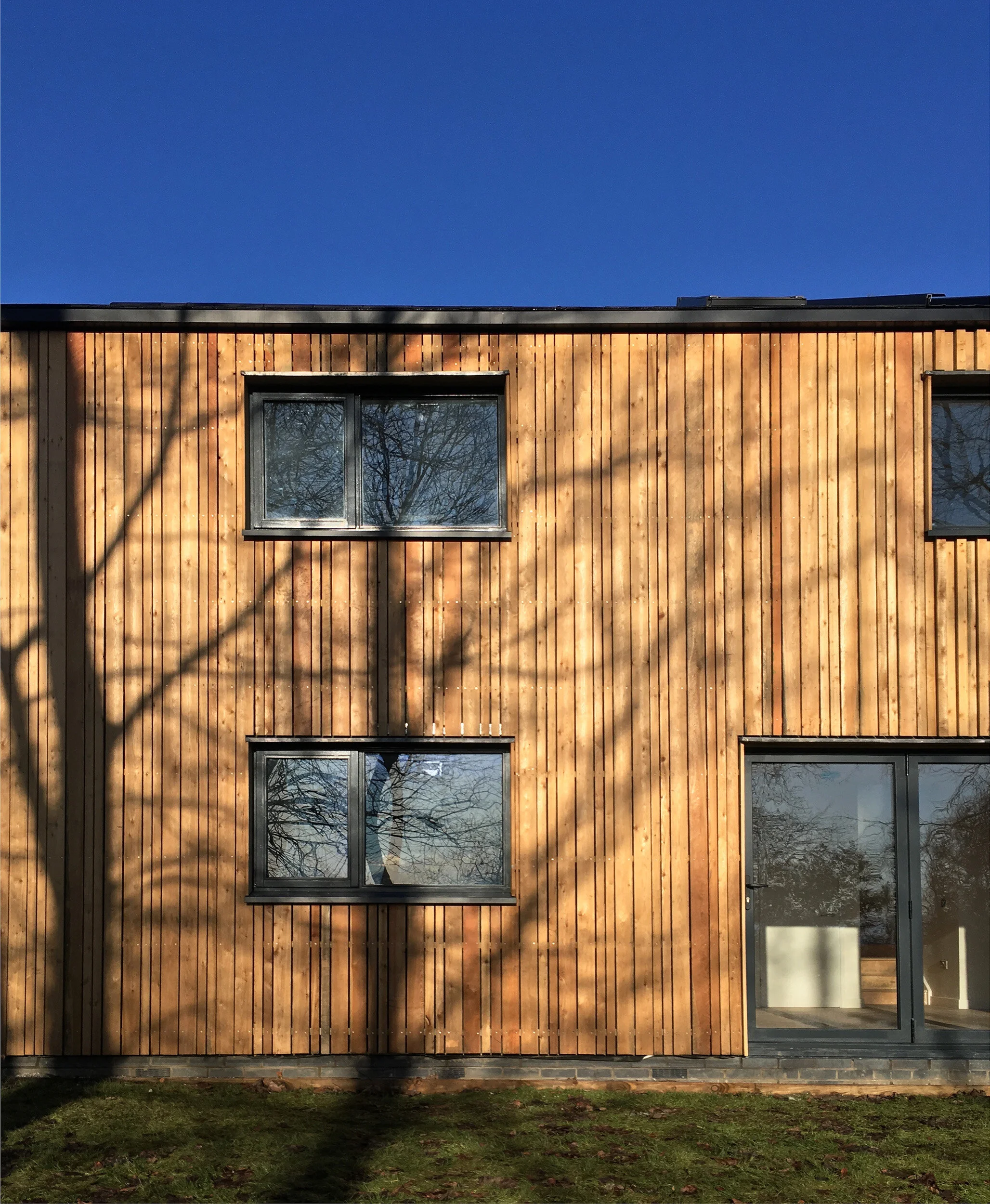It's not too late...
There is now no avoiding the fact that our planet is in crisis. If we’re honest, we all knew it already, but in 2019 there seems to have been a mass awakening. We are starting to feel more than a little uncomfortable, and if we allow ourselves to ruminate, perhaps slightly panicked? But here’s the thing: it’s ok not to be ok...because that’s when we take action. People are sitting up, legislation and attitudes are changing and progress is being made. Perhaps if we can sustain this uncomfortable feeling throughout the next decade, it won’t be too late… Here’s our thoughts on major areas for change in the construction industry and in our own practice.
Education: The difficult truth is that building low energy buildings is more tricky and we all need to skill up. Of course, architects are only one link in a long chain of professionals that come together to execute a building, so up-skilling and ongoing training is required across the sector.
Building physics and energy efficiency needs to run through all parts of the architectural curriculum to create a solid understanding for future architects. Future architects need to understand their influential role as persuaders and experts within the construction industry and issues of environment need to be high on the priority.
Performance gap: This is the disparity between the predicted energy efficiency of a building during the design stage and that same building’s actual efficiency during operation. It was widely talked about at the Passivhaus Conference 2019 and it goes hand in hand with the above point. Simplification of procurement would go a long way to reducing this gap. Chains of subcontractors can lead to a lack of ownership and quality control issues on site; not to mention money which could be spent on the quality of the building is syphoned off along the way. Prefabrication and modular construction may hold the answer to some of the quality control issues.
Simplification of construction is also a necessity. To create a low carbon building, layers of different materials and complex details are required. We were really inspired by the innovative cork house which has a wall build up of one material. Read about it here.
Legislation: It is a curious thing that we are still allowed to build buildings which will need to be retrofitted in the future in order to be zero carbon in line with the latest government targets. Enough said.
Money: I read the other day an interesting quote from the Principles for Purposeful Businesses by the British Academy; ‘We need to profitably solve problems of people and planet and not profit from causing problems.’ We as an industry need to reflect on this, as our impact is significant and there is too much at stake to ignore it.
So what are we doing at Kelsall Architects?
During the course of 2019 we completed a low energy new build in Lancashire, which used the Passivhaus Planning Package (PHPP) to optimise form, orientation and window sizes and uses timber frame and cladding to sequester (good word!) carbon. Aside from its impressive u-values, optimised form, and low embodied energy, we are proud that this building lifts the spirit too. See some of our amateur pictures here… more to follow.
As a practice, we recognise that we must and can do more. We are committed to pursuing knowledge and up-skilling our team and last year we have visited the UK’s most airtight Passivhaus, the UK’s greenest retrofit, learned from the industries climate trailblazers at the Passivhaus Conference and attended a Carbon co-op eco renovation for builders workshop (because we need to know what it really feels like to build our buildings).
As a practice, we try to run every decision past these simple principles to keep ourselves on track:
Think long term
Consistently make good decisions
Simplify
Minimise waste
Call us naive, but we like to think it’s not too late. We architects are, after all, optimists. We have to see the possibility as well as the problem, it’s the very nature of what we do. This is an opportunity to work together, to be realistic about and responsible for our individual impact, and work together to profitably solve problems of people and planet.


